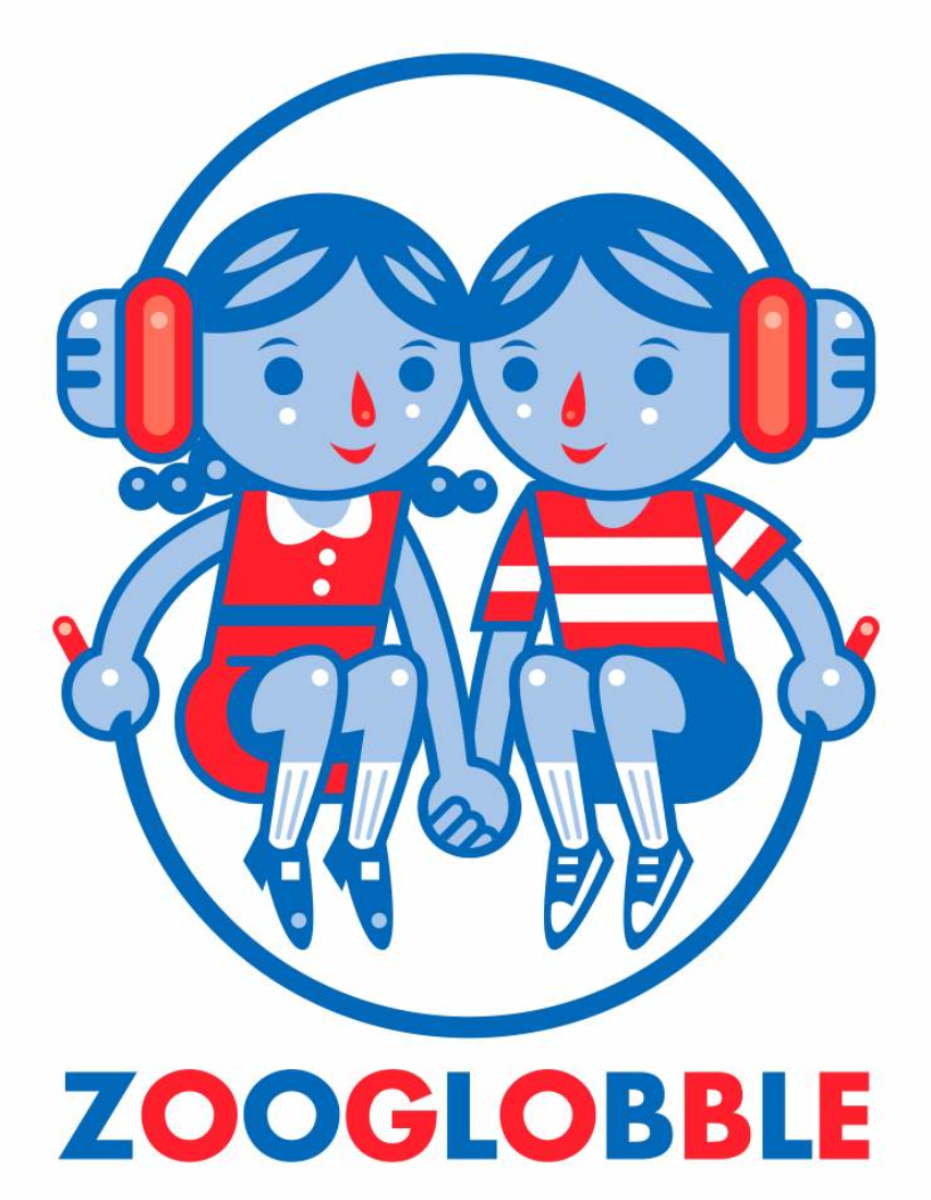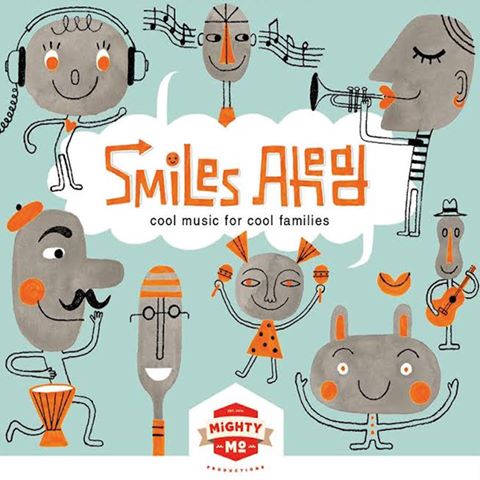There’s been lots of press coverage recently about one Fred Rogers, aka Mister Rogers, a name that makes people of a certain age (like, say, mine) immediately think about his classic American TV program Mister Rogers’ Neighborhood. This coverage is prompted primarily by the release this month of A Beautiful Day in the Neighborhood, which stars Tom Hanks as Mister Rogers and focuses on Rogers’ friendship with a journalist assigned to write a profile on him. But it’s also true that interest in Rogers has only grown in the years since his death in 2003 and I don’t see it fading much even after the movie leaves theatres.
Even though Rogers is best known for his program for kids, much of the interest is driven by adults, and some of the most affecting material doesn’t necessarily lean on his program to make its emotional or psychological point. For example, Taffy Brodesser-Akner wrote a long, detailed profile of Hanks titled “This Tom Hanks Story Will Help You Feel Less Bad,” a headline that mimicked Rogers in its directness and truthfulness. (It did indeed!) In drawing parallels between Hanks and Rogers as adults and decent people, it doesn’t focus on Rogers’ interaction with kids.
For a look at Rogers’ life that focuses more on kids, give Carvell Wallace’s podcast Finding Fred a listen. It is a very affecting look at Rogers’ career and talks at a pleasingly broad set of people about Rogers’ impact on them, not only close co-workers and associates, but also kids, but those Rogers met, but also those Rogers only affected through the TV screen. Wallace is explicitly trying to figure out how Rogers’ lessons might be relevant today, not only to kids but to adults. (Really, go listen, it’s excellent.)
But I realized in listening to Finding Fred that I hadn’t fully appreciated how important music was to Rogers’ life. Lots of people may know he was a Presbyterian minister, but he wasn’t ordained until he was in his mid-thirties. He graduated with his Bachelor’s degree from Rollins College in Florida more than a decade before. His major? Music composition. (For a fuller exploration of Fred Rogers’ life as an artist, I highly recommend Jeanne Marie Laskas’ long New York Times Magazine article titled “The Mister Rogers No One Saw.”
Compared to Sesame Street, which started in 1969, just a year after Mister Rogers’ Neighborhood, I don’t think Rogers’ music has had nearly the cultural impact of that from Sesame Street. There are probably a variety of reasons for that, including the broader musical palette of Street and the use in later years of modern pop and rock hits as the basis for kid-friendly and educational parodies. Instead, what Rogers offered on his program were songs with simple language, sung directly to children.
They weren’t necessarily simple musically, and Johnny Costa’s jazz piano and his trio provided an appropriately cool and calming underlay to Rogers’ singing. But they probably didn’t capture the public imagination in total the way the Street oeuvre did.
All of which is to say that Fred Rogers is a comparatively underused songwriter from my perspective. Are there tribute albums to Rogers using his music? Sure. There’s 2005’s Songs from the Neighborhood, featuring artists like Amy Grant, Donna Summer, and Ricky Scaggs. Just last month, another tribute album, Thank You, Mister Rogers, features similar artists such as Sandi Patty, Vanessa Williams, and Lee Greenwood. (Hats off to Jon Secada, who appears on both albums.) And there are a couple more jazz-inflected albums from individual artists. But Sesame Street or Schoolhouse Rock seem to have had a much bigger footprint in terms of having their songs covered by other artists.
And kids’ musicians? If there’s a cover of a Mister Rogers song on a kindie album somewhere, I’ve missed or it’s escaped my memory. The closest I could find was Lori Henriques’ “Free Ride Everyday” — not a Fred Rogers song, just one inspired by the man:
While of course the title of this post is tongue-in-cheek, it’s not totally tongue-in-cheek. Rogers’ lyrical directness is probably somewhat out of style (it’s not a lyrical style I have always preferred over the years), the emotional empathy of the songs would be a powerful message. (And I am always interested in more songs about emotions.)
Kindie artists, you know what to do.











